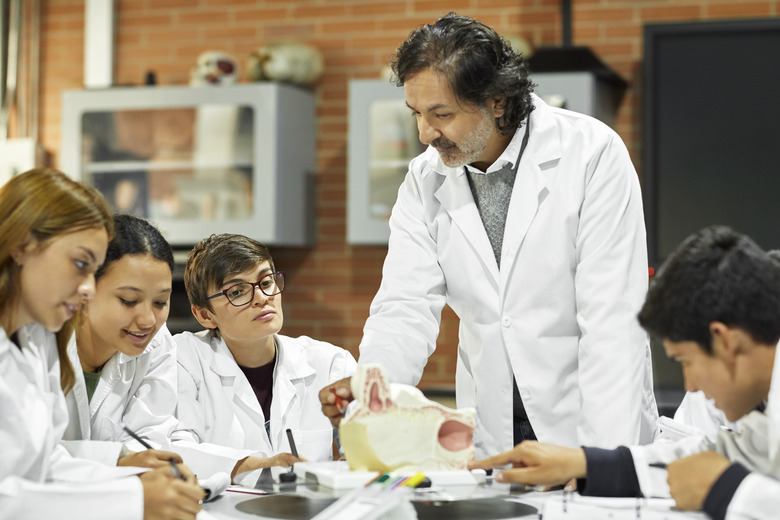Science Projects On The Food Chain
A food chain is a representation of the predator-prey relationships within different species of an ecosystem or a habitat. A science-based food chain project can be made using visual representations of a food chain. These food chain crafts for kids help the viewers to understand how a food chain works. The students also have an opportunity to study the elements of a food chain. These projects complement traditional education reaching more students and provide an alternate education approach.
Art Illustration
Art Illustration
An art illustration provides a precise visual review of a food chain. Students can draw plants and animals in horizontal, vertical or inside-out sequence to represent the food chain. In horizontal (left to right) and vertical (bottom to top) illustrations, the lowest animal or plant in the chain is kept on the initial point (extreme left or bottom) and the highest animal is kept on the final point (extreme right or top). In inside-out illustrations, one animal or plant is shown inside next animal of the food chain. For example, the sun is drawn inside the grass which is drawn inside the zebra, and so on.
Line Model
Line Model
This is a relatively simple food chain model for kids. Collect and cut-out images of plants and animals from magazines or draw them yourself. Paste these images on construction paper and cut out around the images. Make arrows using construction paper for indicating the direction of the food chain. Paste the plant and animal models in a straight line on cardboard using arrows between the models to show the correct direction of the food chain.
Pyramid Block Model
Pyramid Block Model
Prepare plant and animal models using construction paper and cut-out or drawn images of plants and animals. Paste the models on blocks of different sizes. The lowest plant or animal in the chain is pasted on the largest block and the highest animal is pasted on smallest block. For example, grass would be pasted on the largest block and a lion would attach to the smallest block. Stack the blocks with the largest block at the bottom and smallest block at the top. Block size can signify the number of plants or animals at that level of the food chain — the lower they are in the chain, there more of them there are.
Thread or Wire Model
Thread or Wire Model
Prepare plant and animal models using construction paper and cut-out or drawn images of plants and animals. Join the models together in the correct sequence using a thread or wire. Thread is kept hanging by fixing the top end of the thread. Place the highest plant or animal in chain at the top end of the thread and the lowest plant or animal at the bottom end of the thread. Strings can run horizontally or vertically.
Cite This Article
MLA
Parker, Sarah. "Science Projects On The Food Chain" sciencing.com, https://www.sciencing.com/science-projects-food-chain-7992636/. 22 November 2019.
APA
Parker, Sarah. (2019, November 22). Science Projects On The Food Chain. sciencing.com. Retrieved from https://www.sciencing.com/science-projects-food-chain-7992636/
Chicago
Parker, Sarah. Science Projects On The Food Chain last modified August 30, 2022. https://www.sciencing.com/science-projects-food-chain-7992636/
